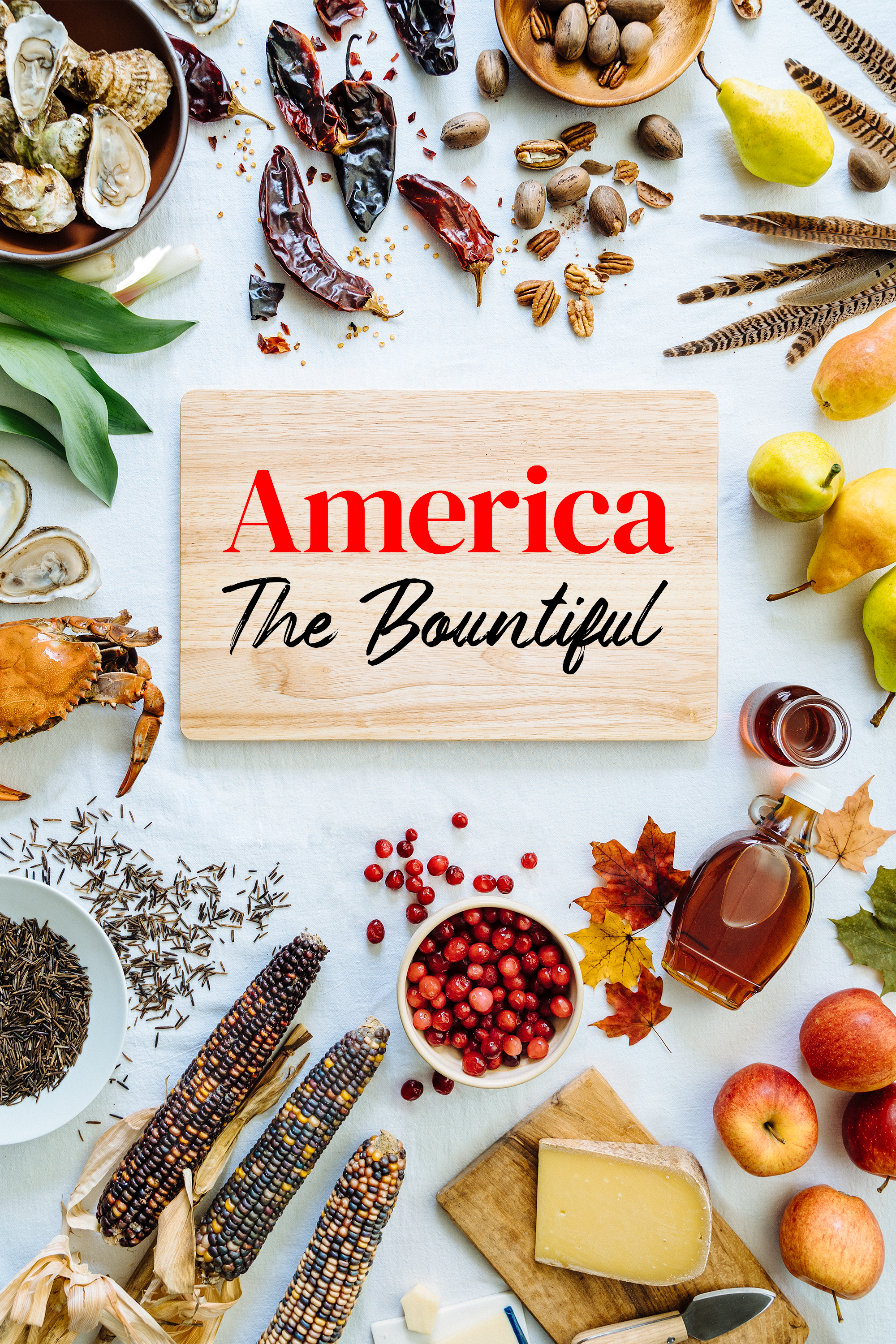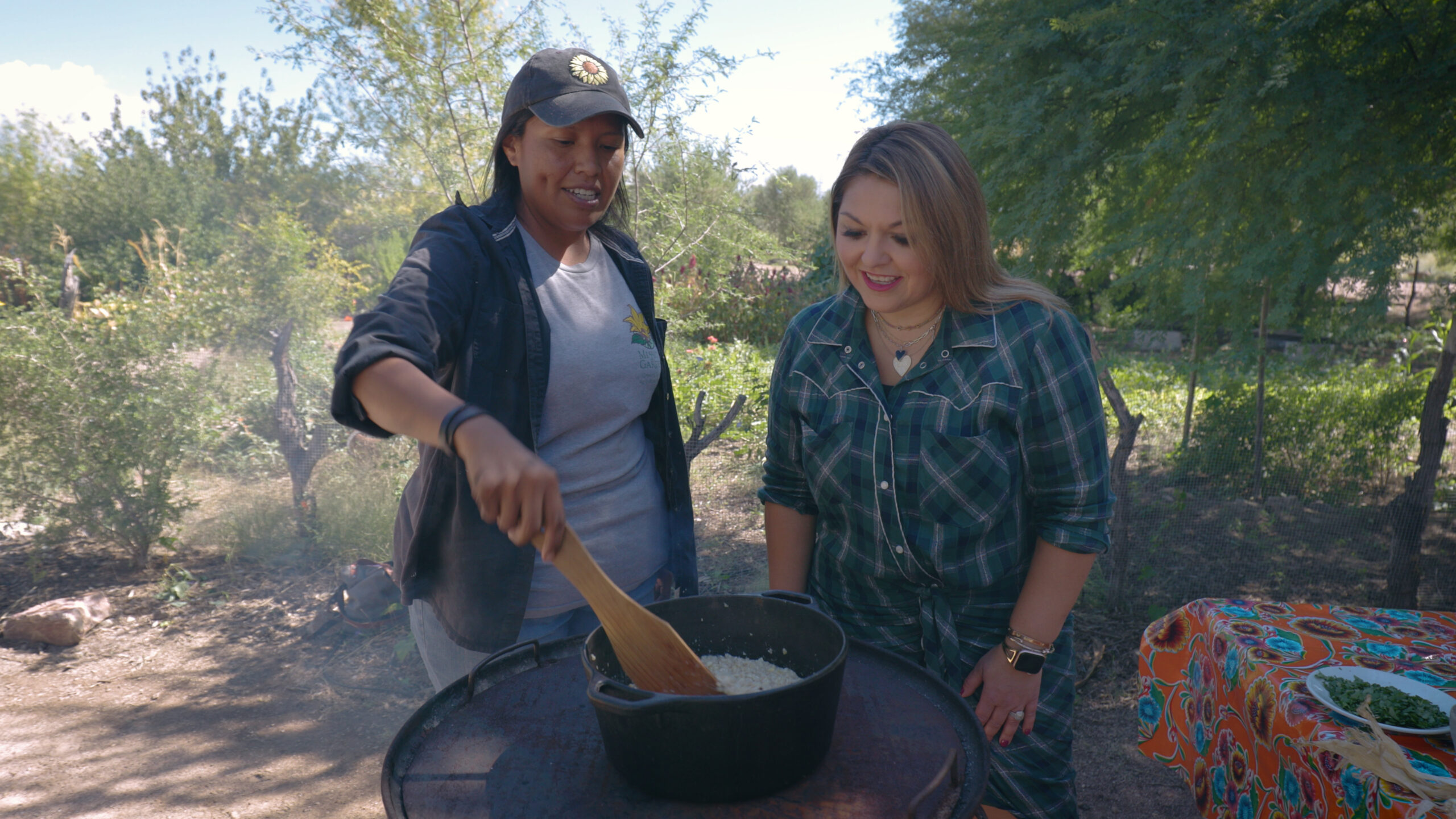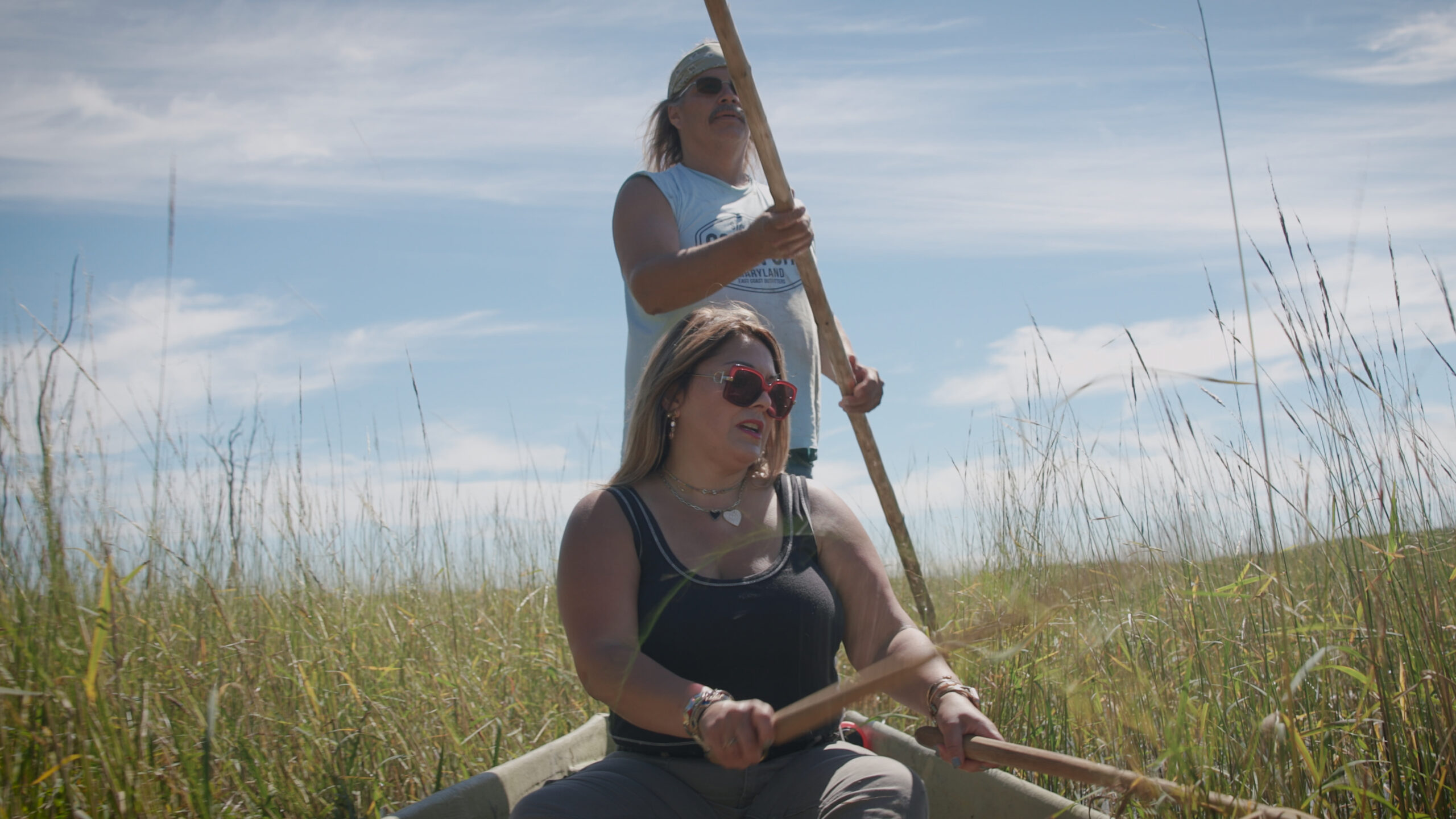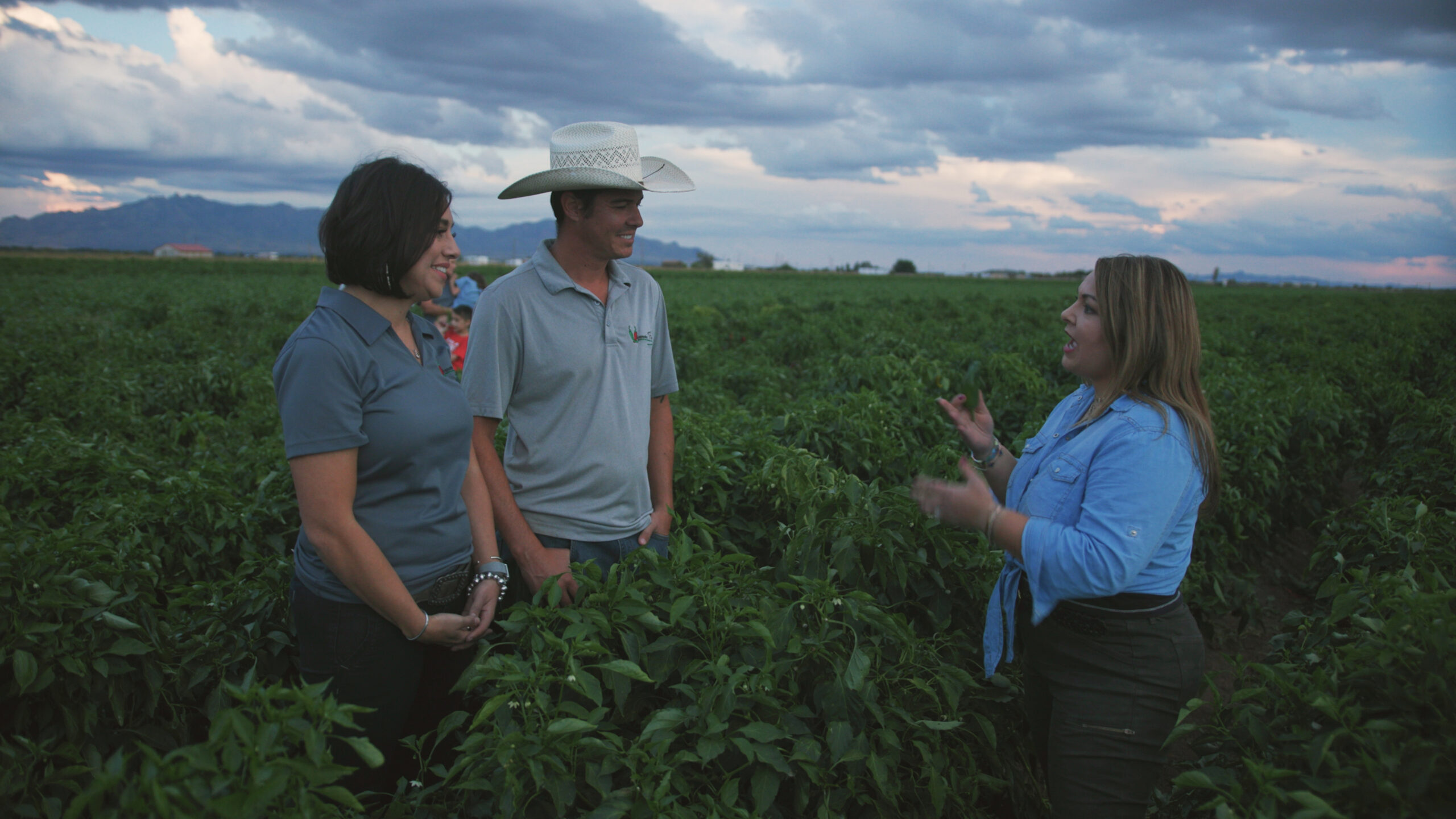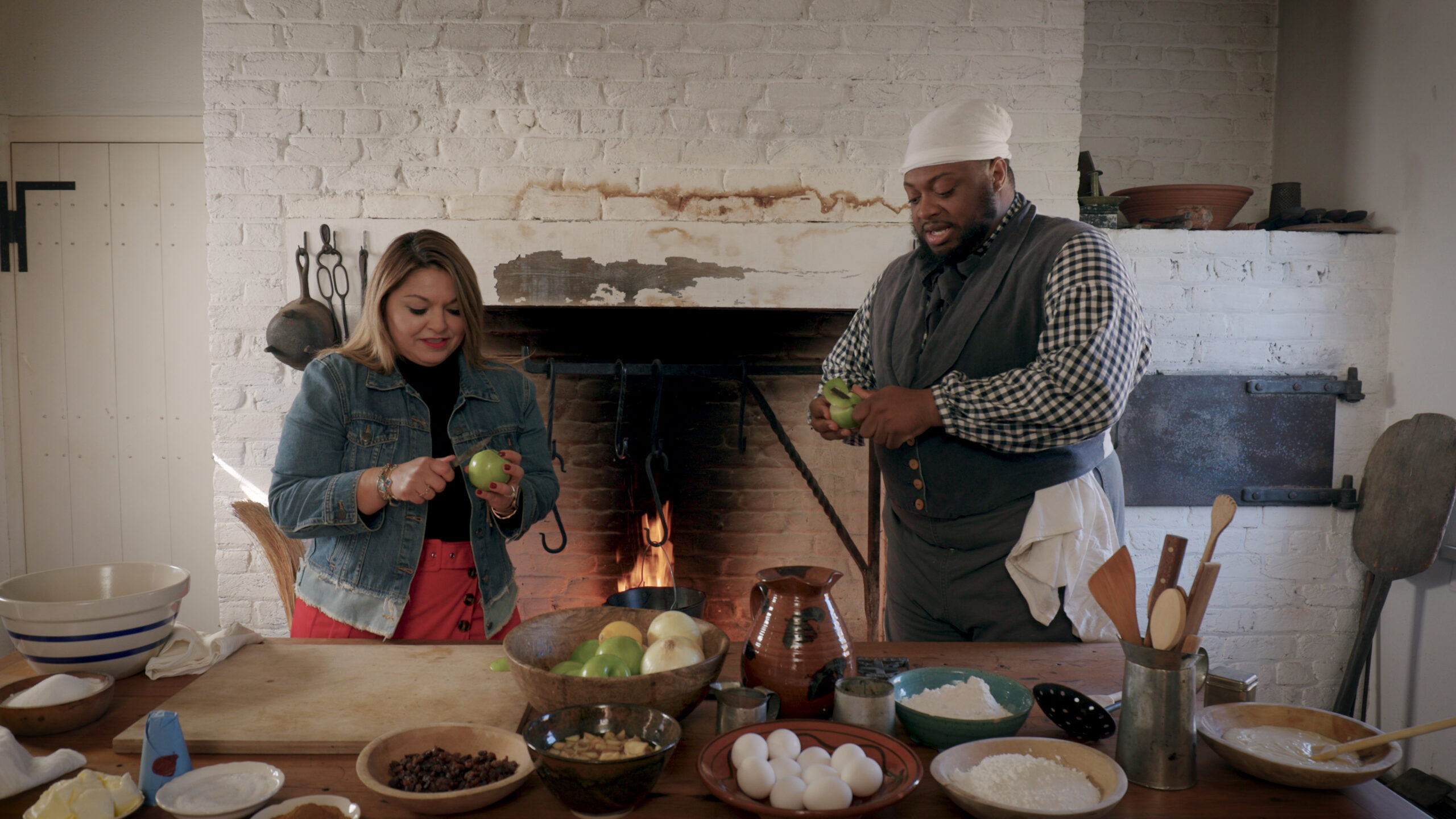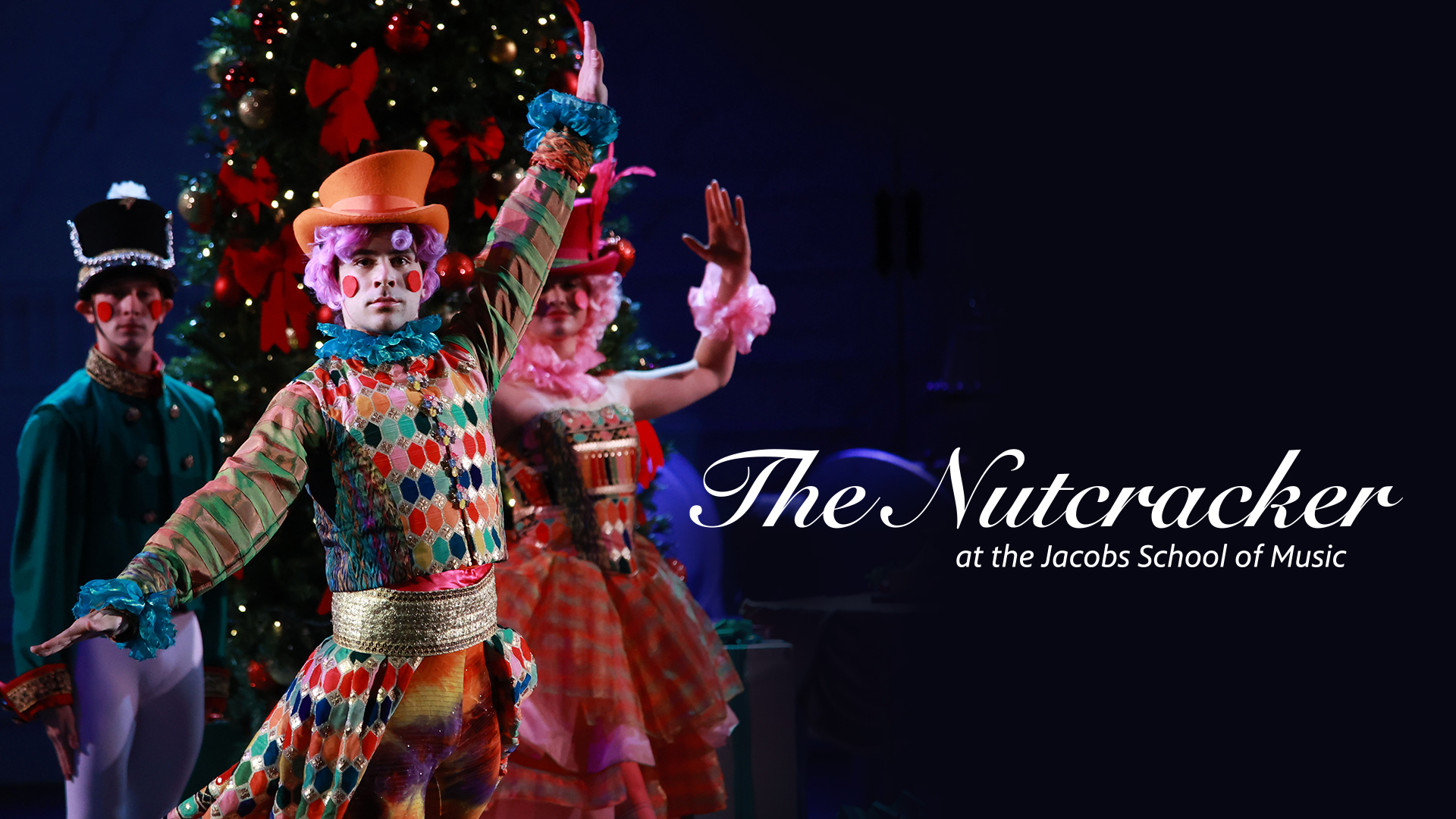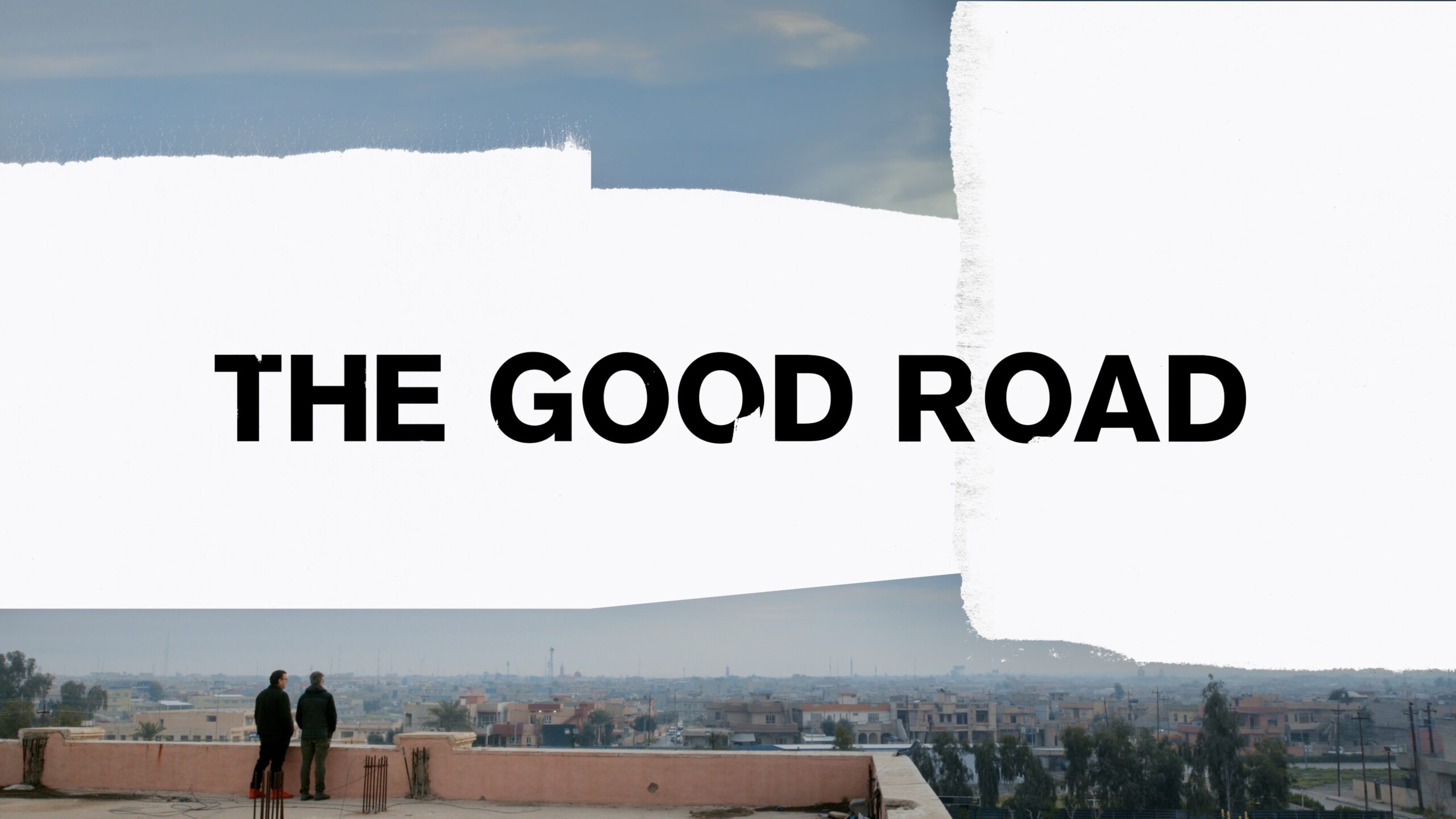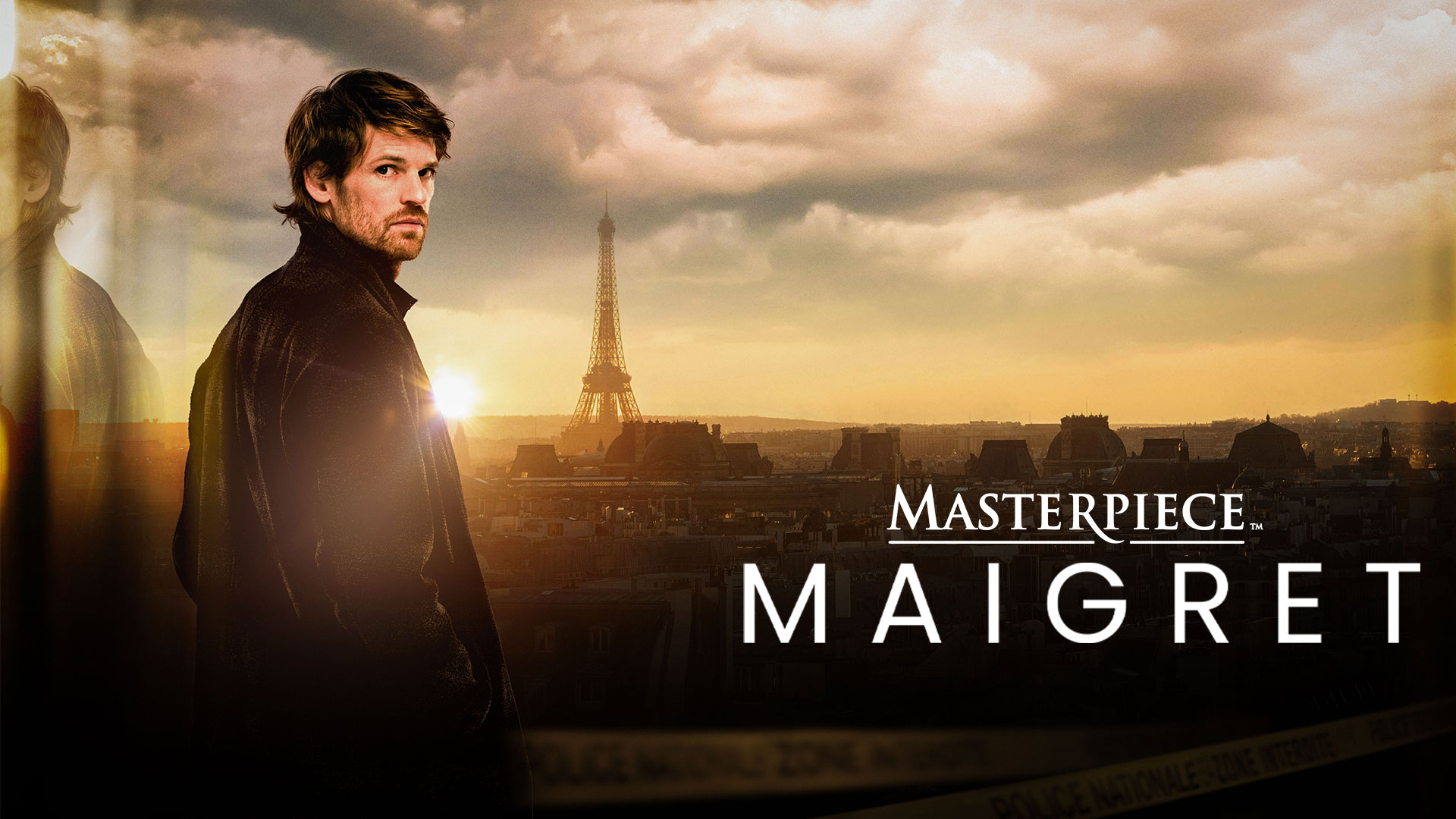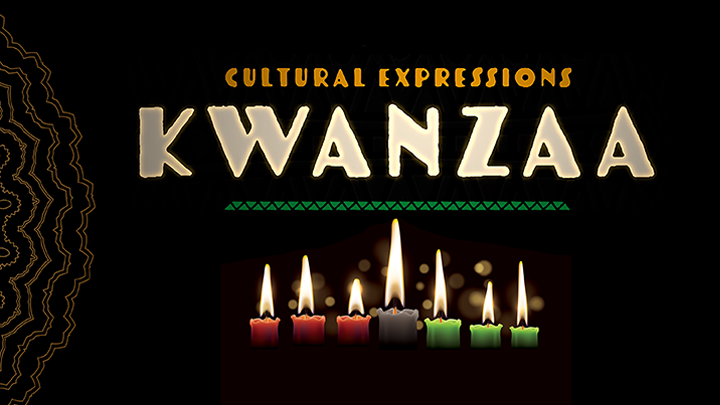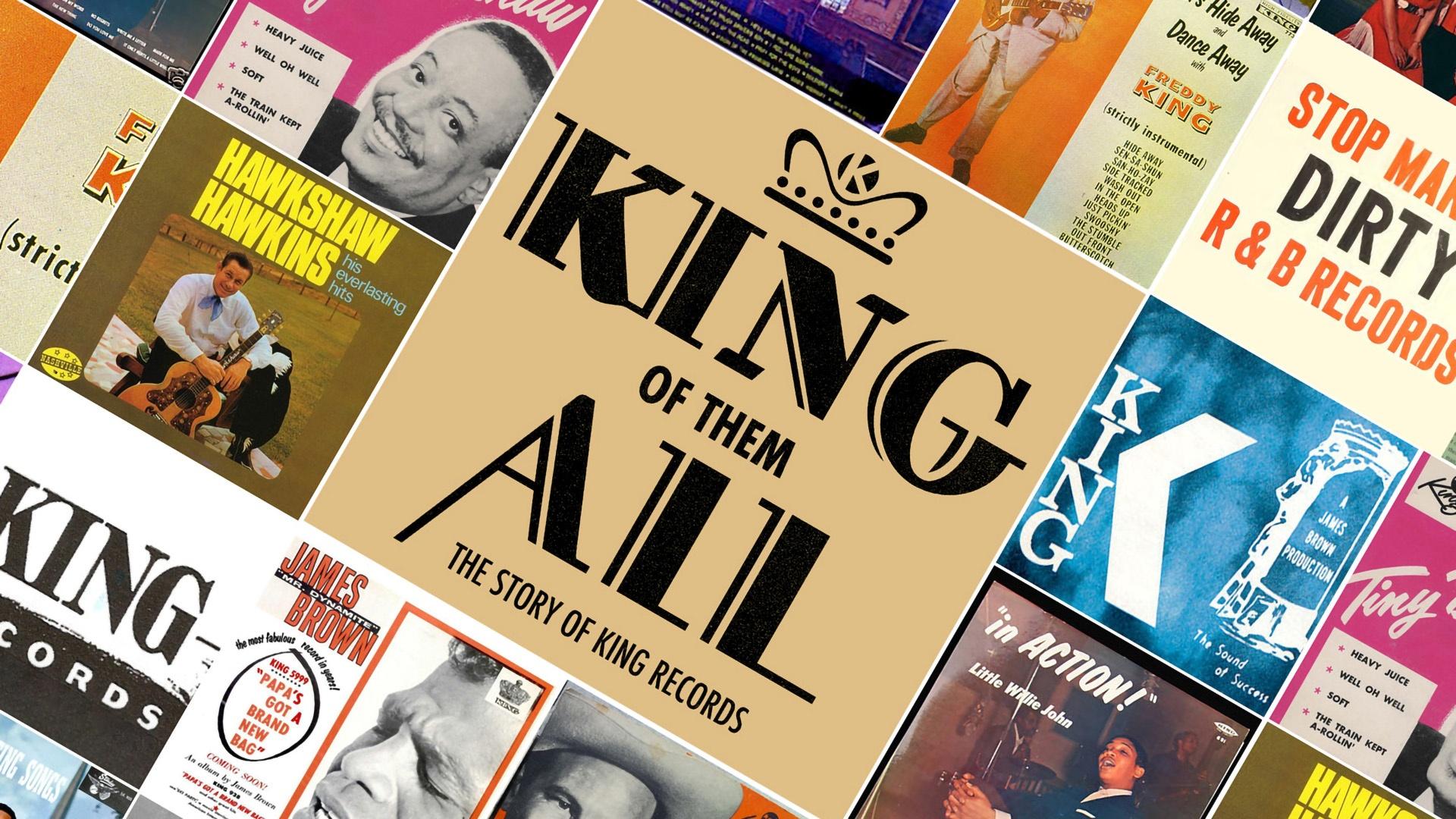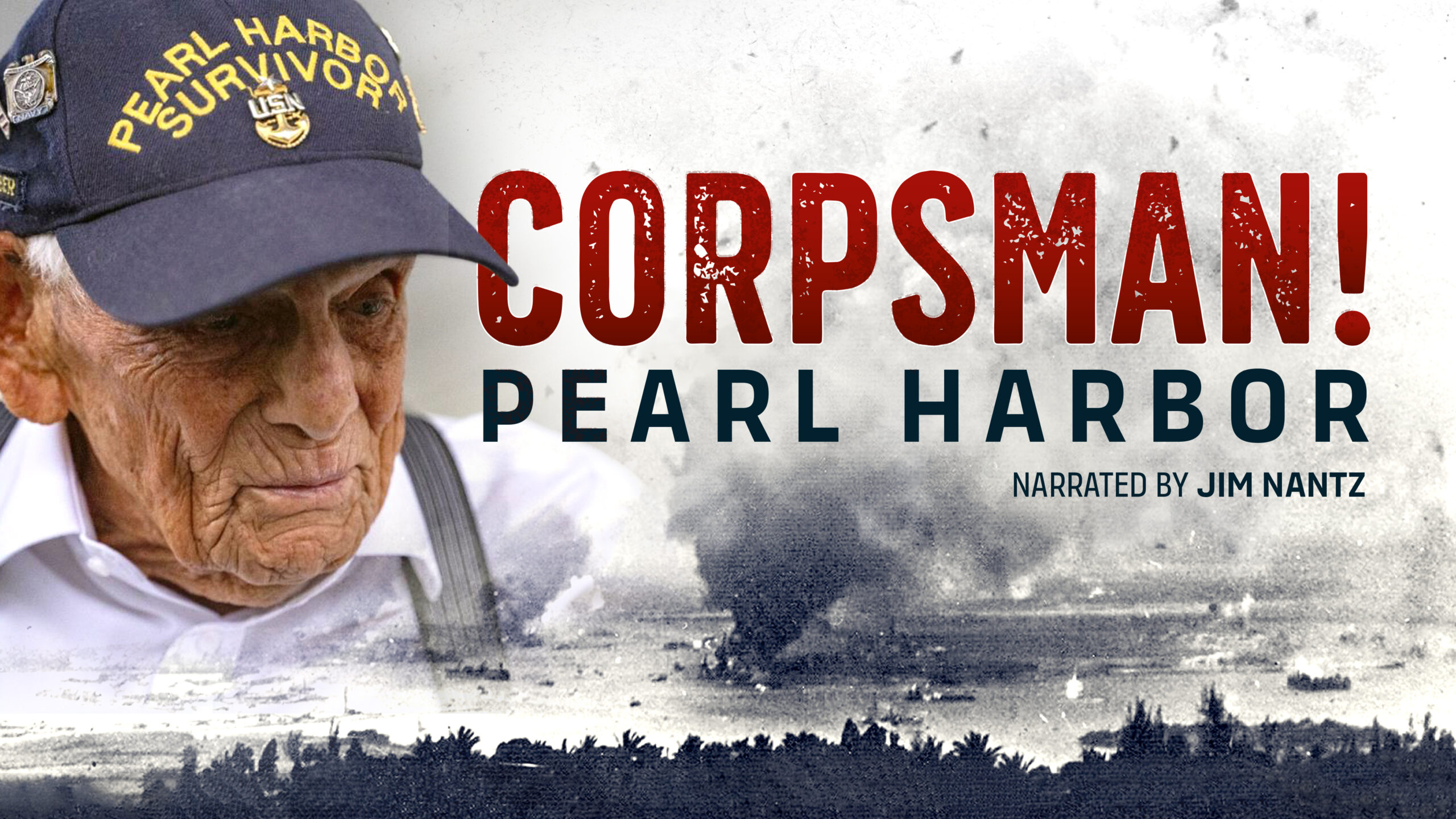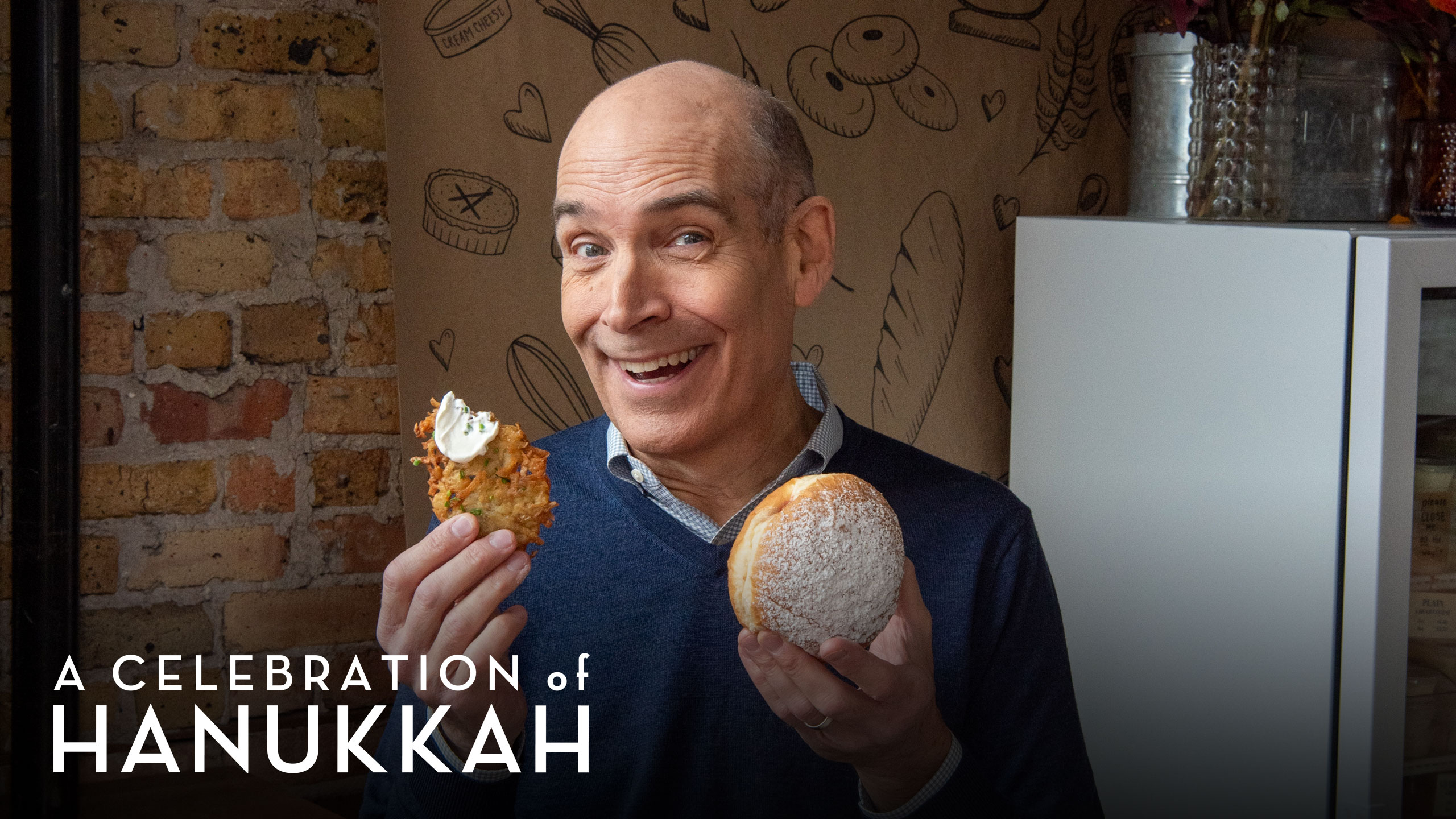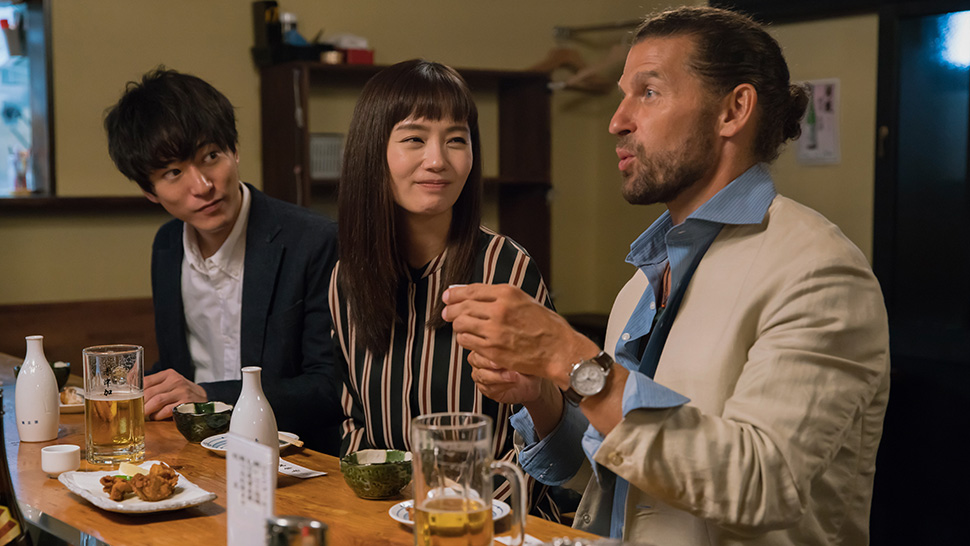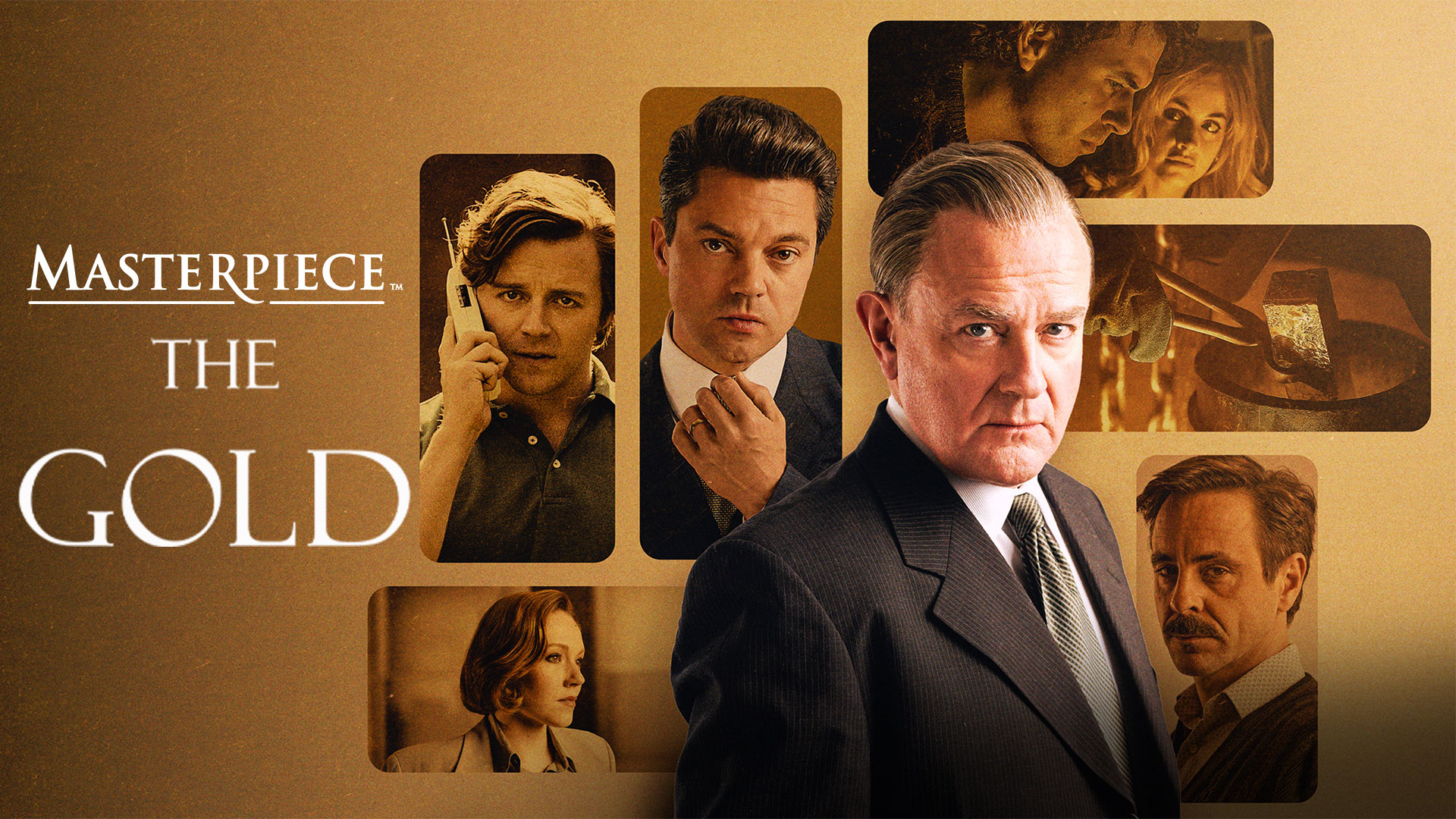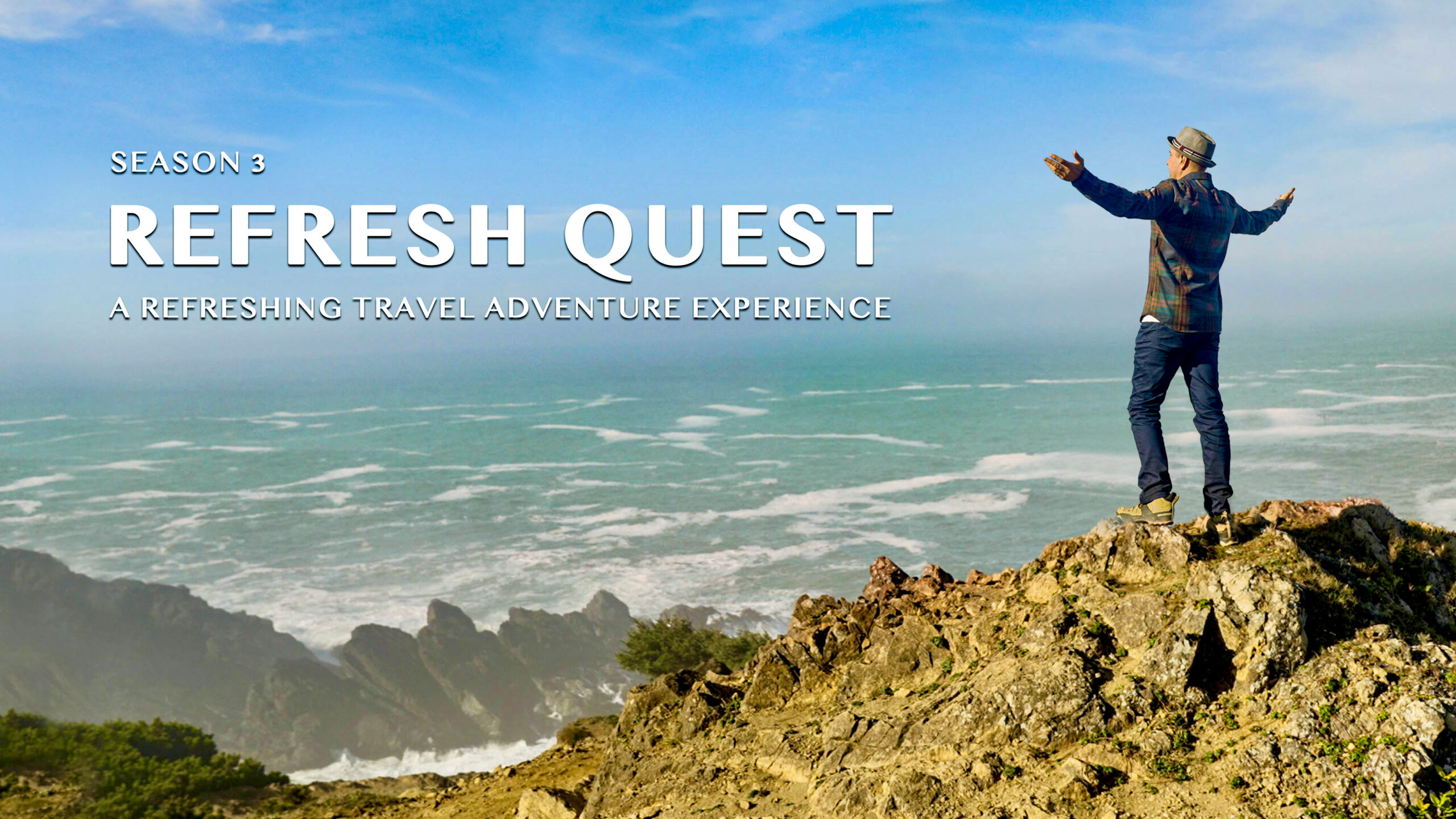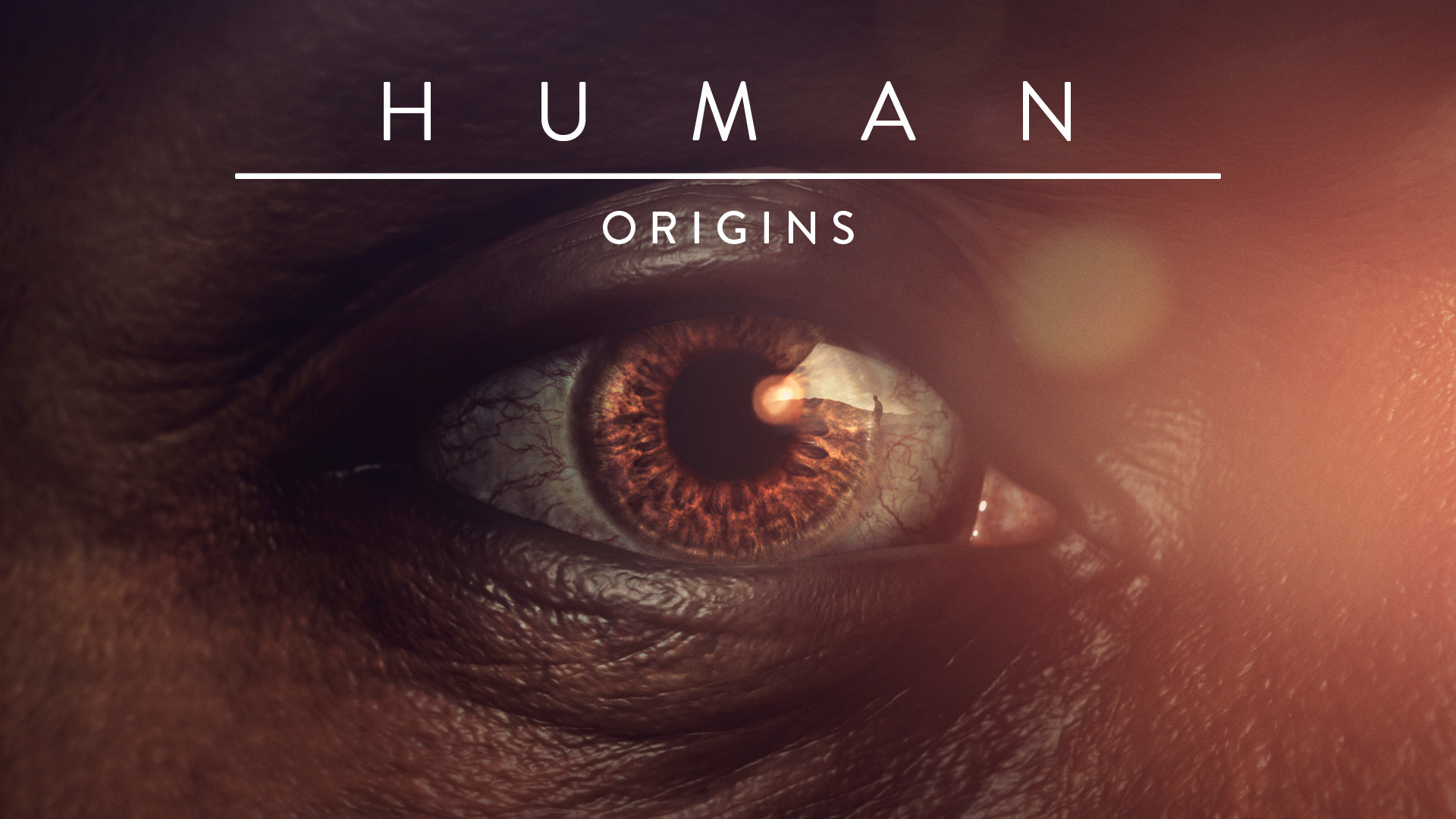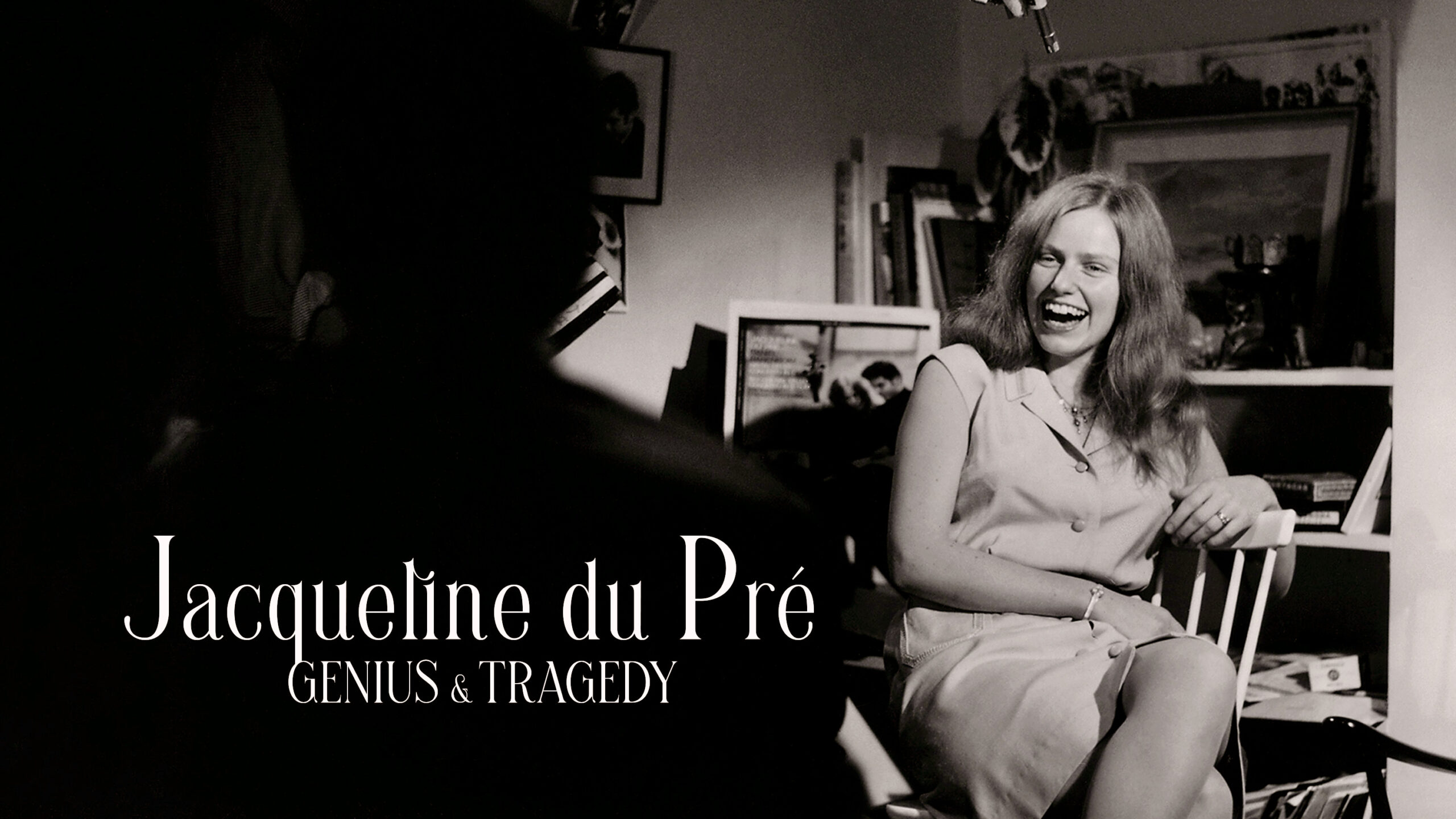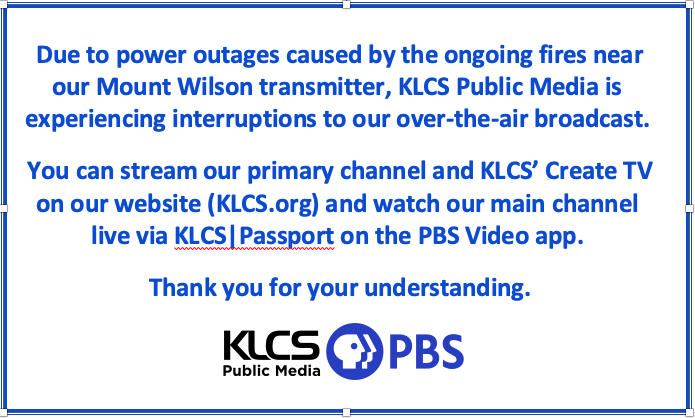Discover the vibrant flavors and stories of the United States with America the Bountiful, the latest must-watch travel and food series on KLCS’ Saturday afternoon schedule; hosted by Capri Cafaro, this show offers more than just an escape—it’s a celebration of the rich culinary heritage and hidden gems found in every corner of the country. From farm-to-table insights to heartwarming stories that connect us to the roots of our food, America the Bountiful is redefining travel television. We caught up with executive producer Jesse Roesler to uncover what makes this series a standout in today’s crowded TV landscape.
Jesse, what is the genesis and aim of this show?
JR: When the host Capri and I started developing this, we knew we wanted to tell food stories that seemed to be getting overlooked in the current media landscape, which was about chefs and chefs in big cities and competition formats that really don’t do a whole lot to tell you about our food history and where our food comes from. So, we wanted to highlight – “Where does out food come from?” “Why do certain foods come from certain parts of the country?” And “What does our cultural history have to tell us about why that’s so?” We thought, “Let’s pick one food in a region.” It happened to be our state to start out. That isn’t to say we would only do one food per state, some states could tell many different stories. It started with cheese in Wisconsin, that’s where I live, where I’m from. I had a lot of contacts and knew a lot of great stories here, so it was easy for us to pilot the concept with that and move-on to other Midwestern states; we found ourselves in rural and small town locations that don’t really get profiled in this kind of media, so we did wild rice in Minnesota, working with the Anishinaabe people, the indigenous people, and how that food brought them here in a prophecy when this area was first populated with people so long ago. And then, we moved on to all the 13 that you see in Season 1 and now we’re about halfway through Season 2 and the format has been beautiful; it worked great. We’re essentially telling four stories per episode ,surrounding a central food in a central location, but what those stories are can be quite varied, and contrasting, and different. And we love that about it, so we’re 20 episodes-in in terms of production now.
Before you created this show, had you previously done food or travel shows? What was your path to becoming a producer of a docuseries?
JR: My background was documentary [filmmaking] and my first internship was in Twin Cities television office actually working on a documentary and went more the commercial, corporate route career-wise while I was making my own independent documentaries. Then, at a certain point I was able to sell documentary format to brands, so as of right now, we do a mix of branded content and television. My television start in terms of food and travel, was really from working as a writer on Andrew Zimmern’s shows, I did Bizarre Foods with him. And from there, my feature length documentary The Starfish Throwers won the James Bears award in 2016, and that really opened the door for me to actually get emails back when I would like send pitches to Food Network, or something, “Ok, this guy’s maybe actually credible a little bit!” Our first digital series with Food Network was in 2017, maybe, we did one called Mom Wins, which was more of a cooking concept. Then we did one called Comfort Nation, which was not so different from what American Bountiful is, in that we weren’t as focused on the ingredient, but we were focused on regional cuisines, like sub-cuisines of southern [cooking], so we did Cajun, an episode on soul food, an episode on low country. That was also a hosted travel food show, be it a shorter format. Those things led us on this path and that’s where Capri and I met, which was, Food Network sort of played matchmaker. Capri wanted to host a concept show and we had already done more storytelling content for Food Network, which was getting more and more rare at the time, since everything’s a competition these days. So they said, “You should talk to Credo Nonfiction”, and a couple other companies they recommended. I think she talked to maybe three different companies, and we really hit it off and that was in probably 2019 when we started working-on and developing and piloted that year. Then Covid happened and Capri continued to pitch places until ultimately we got the letter of support from American Public Television and then found our primary underwriter – the American Farmland Trust, who helped us fund Season 1 and 2.
It’s hard to find sponsors.
JR: Yeah, she worked with a consultant who also has a background in working with one of the PBS affiliates, but she really specializes in playing connector with brands and concepts for shows that need an underwriter.
Did you go on location with any of these shows? Also, what is your favorite episode and why?
JR: I did. I ended up directing half of the first season, we have a couple other directors that we bring in. They’re all special for different reasons. My favorite episodes are our wild rice episode in Minnesota and our pears episode in Oregon, and also the pheasants episode in South Dakota. Those three stand out for different reasons.
With ‘wild rice’ you can really get into the historical storytelling. When you have a food that’s as pivotal as wild rice is to a specific people, we love telling those kinds of stories.
Their prophecy said, when they were on the East Coast – “Go to the land where the food grows on water and that’s where you should settle as a people.” And so, when they found the rice growing on the water, that determined the whole future of their people. So it was interesting to get into that, and also how so much of what the country buys isn’t true wild rice, it’s cultivated. It’s been bred to have a harder exterior shell so they can harvest it mechanically, which changes the character and the flavor of the rice. The rice that’s hand harvested is the original, true, wild rice, and we can tell it’s different – both the visual of it – it’s a whiter color and the smell of it – it’s much nuttier and has a different quality than what people buy as wild rice. That was really interesting. I was able to call on some long-time friends with Sean Sherman who has Owamni, a pretty ground-breaking restaurant in Minneapolis where they don’t use any ingredients that arrived post-colonization; a very conceptual restaurant. It was fun to visit him. And also calling on Andrew Zimmern, who I worked for in the past, he became our tour guide for the Minnesota State Fair, where multiple wild rice dishes are presented and served. So, that was a really fun episode. With ‘pears’, the people we found, the stories we found, how beautiful that region is around Mount Hood, where a lot of the pears are grown, the fruit itself. And then for ‘pheasants’ as well, it was a bit of an outlier in that we hadn’t really done any wild game. Going to a very different part of the country and spending time in some of the hunting camps and game resorts where you can go and hunt pheasant. Also, the history there of when soldiers were shipping out to World War II, they came through Aberdeen and everybody got a pheasant salad sandwich, like “If you’re going to war, we’re sending you off with a full belly.” So there are still people there that remember that and were part of that. That history was really, really fascinating to get into to.
I teared up during that episode, that moment in the Canteen, where the women made sandwiches for soldiers. Each episode has a different ‘flavor’; I love how eloquent many of the featured locals are. The bake shop owner in Vermont, saying “We love our locals and we want to use as many products from the island and Vermont ; we also want to care for people, love on them a little bit in the minutes they spend in our bake shop.” Or the chef-owner of the Pheasant Restaurant saying he feels he’s a steward of a tradition, to honor things that came before. As a producer you can only hope for those moments, as much as you must plan.
JR: Yeah, and that’s part of our casting. We go pretty deep on the casting process in finding people that not only have an interesting story, we’re always looking at backstory, history, visual, how it connects to our throughline, but then also, “how are they going to be on camera?” and “What are they going to say?” We’re not trying to cast people that have done television before either; we want to find people in backroads that normally wouldn’t be in the media maybe. A few of them, possibly, have, like of course Sean Sherman or Andrew Zimmern, but for the most part we’re finding people that have never been on TV, or worked with it, and that’s what we love about it. It’s the voices that wouldn’t normally have a national audience or platform; we think that’s kind of special.
Was it difficult to whittle-down all that content into a thirty-minute episode?
JR: Essentially we have four acts, we know we have four segments. So we go, “OK, we know we want to find a grower, producer, or forager, or hunter, or gardener of whatever the featured food is.” And then, “What’s the historical tradition in terms of culinary?” “Where has culinary gone in recent years that’s innovative and new and unique?” “Are there any businesses that are innovative and entrepreneurial?” The old school of agriculture doesn’t really work anymore because it’s become so industrial. So, what’s happening in agritourism is, farms are saying “Yeah, I could just sell the vegetables or I could invite you to come out to the farm, spread out a picnic blanket and we’ll put those vegetables on a pizza for you” and you get an entirely different experience. How is the next generation, who want to, going to stay on this family land? They have to figure out a slightly different economic model, but the creativity that’s come out that has been really, really cool.
Back to answering your question, we’re looking for the traditional things, but also things that are unexpected. And then we’ll start with a long list of five or 10 options we want per act, and then from there well do Zoom discussions with maybe the top three and then it’s somewhat intuitive with who we think who will fit into this larger theme of the episode, and then also, has their own unique personal story and how are they articulating that. All those things factor-in.
I learned something in the Wisconsin episode. I knew of places like New Berlin, but had not realized it was comprised of groups of German immigrants who settled there. Sometimes simple is better because a lot of people don’t leave their state, or their local region; this was so entertaining. Your aim worked; it was entertaining and educational. We don’t see the traditional travel shows as much.
JR: Yeah, they’re becoming more and more rare. I attended Realscreen this last year, we do other shows for Magnolia network and some of the other Discovery properties. We have a number of concepts in development, so we go to Realscreen which is one of the larger markets, and it’s like – unless you have a competition format, an A-list celebrity, or you’re doing true crime (Combine that with all the layoffs that are happening in media and the streaming wars, of which nobody’s won and nobody’s really profitable.) nobody’s buying stuff. So it’s a really tough time, especially for this kind of format and content, and that’s unfortunate. I feel extra fortunate that we’re able to do this show right now, because there isn’t a lot like it that’s being made right now. There’s a lot of shows that are well-established that are doing it. We really appreciate that.
America the Bountiful airs on our Saturday afternoon cooking and travel block. These shows aim to provide an escape from the daily routine. What has been the viewer feedback you’ve received about the show?
JR: Oh man, we’ve loved it. I think Capri, our host, hears more than we do since she’s the face of the show; she’s been getting a lot of feedback that people are actually seeking out some of the exact ingredients, or the suppliers of the foods, on the show to cook the types of things that they see, which was always a hope of ours. It’s not a cooking show per se, it’s a historical travelogue; we’re telling the history of the foods, but of course, we want to showcase some of the food along the way. So, in some of the segments, we do go into more depth about how a home cook does it, or what restaurants are doing. To hear that people are actually cooking along with some of the shows has been fantastic. And also, for some of the people and some of the small businesses that we’re featuring, like the cranberry jam and jelly episode, she emailed, “I got 300 orders last month and that’s more than we ever have before.” So giving a little support boost to some of these small, food-producing businesses – that’s fantastic! Both of those have been really cool.
The writing outro is superb, I looked and each episode appears to have a different writer, but mostly it’s you. It really ties in each episode and the journey for the viewer.
JR: Wow, thank you for calling that out. That was always a great exercise for me and it distills a script. That’s almost written before we even start the casting to know – Ok, here’s the heart or POV (point-of-view) to bring to this region, now let’s find stories to bring that out and maybe there’s a little twist when we’re at the end when we’re actually writing the voiceover for Capri. But yeah, I think that’s heart of where each episode lies, so that’s cool you caught that.
What is your average day now like?
JR: I love that it’s so different day-to-day, every week. I love being involved in the research and the casting upfront and that can happen from anywhere. I’m working at our cabin today, as long as you’ve got internet, a lot of this can happen anywhere. But then, I also love going on-site to meet these people and these places that you would not otherwise go. That’s true across all of our other shows, but this one in-particular since I’m such a food geek and a cook myself from way back. Anything food-related has a special place in my heart, for me, so I love working on it for that reason. And then, also, in the edit, seeing these things take shape and writing the voice-over and seeing what you have. I forget who said this – you’re essentially always making a movie or show three times. You make it once when you’re researching, casting it and writing it, you make it again when you’re out in the field, and you make it a third time back in the edit room. I love all those different aspects.
Have you been to L.A. and if so, what places do you like to dine here or food shop at?
JR: I have been there a number of times. There’s so many communities represented in the L.A. food scene. I always read Jonathan Gold, before he passed, and really appreciated his writing and where he would shine a light, so I visited a lot of those places. I always try to squeeze in a stop at Sugarfish; I just love the sushi when I’m there (laughs), but usually I might try to find one or two new places and then I just take the recommendations. I have a couple friends that live out there, one is a commercial director and I usually meet up with him, I say “Take me to your spots!”
Watch America the Bountiful Saturday afternoons at 5:00 PM on KLCS. Visit our schedule for the full broadcast listings.
You can learn more about Jesse at his website. Keep up with America the Bountiful on their website where you can sign-up for ‘Capri’s List’, or follow on their social media: Instagram.

